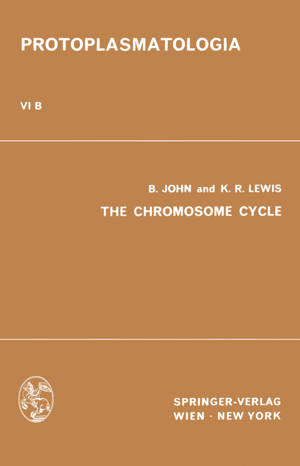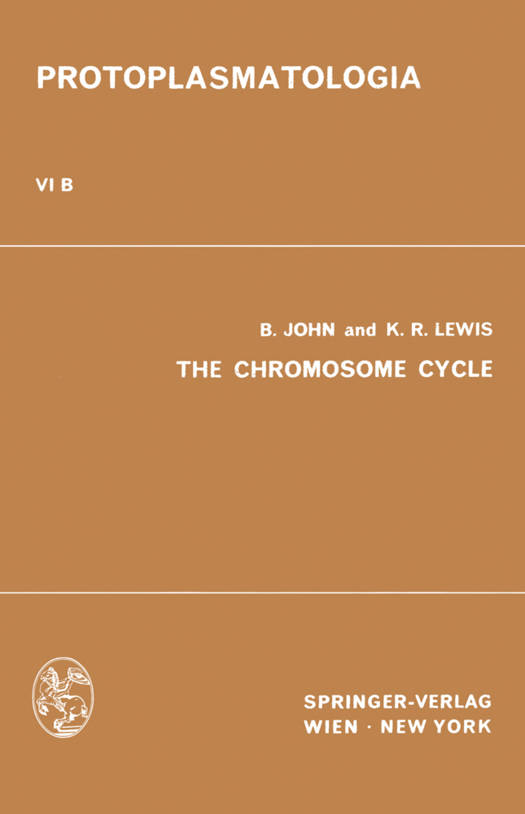
- Afhalen na 1 uur in een winkel met voorraad
- Gratis thuislevering in België vanaf € 30
- Ruim aanbod met 7 miljoen producten
- Afhalen na 1 uur in een winkel met voorraad
- Gratis thuislevering in België vanaf € 30
- Ruim aanbod met 7 miljoen producten
Zoeken
€ 100,98
+ 201 punten
Omschrijving
neoessity for making it. Yet, clearly, the problem of development is largely one of filling "the vacuum between determinant and character" (DARLINGTON 1951). Nowadays the chromosome theory can be presented in much greater detail and with utter confidence, but its two main features remain the same. However, while the role of the chromosomes in heredity and development has been appreciated for a long time, the manner in which they perform their genetic and epigenetic functions has become amenable to critical investigation only in recent years. There is, therefore, still an unmistakable tendency to think of chromosomes in terms of the discrete threads of cell division and, in keeping with this conception, the chromosome cycle is gen- erally considered in relation to the microscopically visible changes in morphology which occur during the mechanically active phases of mitosis and meiosis. Chromosome phenotype, however, changes not only during division but throughout the cell cycle. The changes which occur during interphase are, of course, scarcely revealed in morphological modifications of the restless "resting" nucleus. Consequently they are less obvious and correspondingly less amenable to investigation. This accounts for the concentration on the countable karyotype, with its visible properties of pairing and pycnosity, and the measurable movements of separation and segregation.
Specificaties
Betrokkenen
- Auteur(s):
- Uitgeverij:
Inhoud
- Aantal bladzijden:
- 125
- Taal:
- Engels
- Reeks:
- Reeksnummer:
- nr. 6
Eigenschappen
- Productcode (EAN):
- 9783709155929
- Verschijningsdatum:
- 12/09/2012
- Uitvoering:
- Paperback
- Formaat:
- Trade paperback (VS)
- Afmetingen:
- 170 mm x 244 mm
- Gewicht:
- 222 g

Alleen bij Standaard Boekhandel
+ 201 punten op je klantenkaart van Standaard Boekhandel
Beoordelingen
We publiceren alleen reviews die voldoen aan de voorwaarden voor reviews. Bekijk onze voorwaarden voor reviews.








